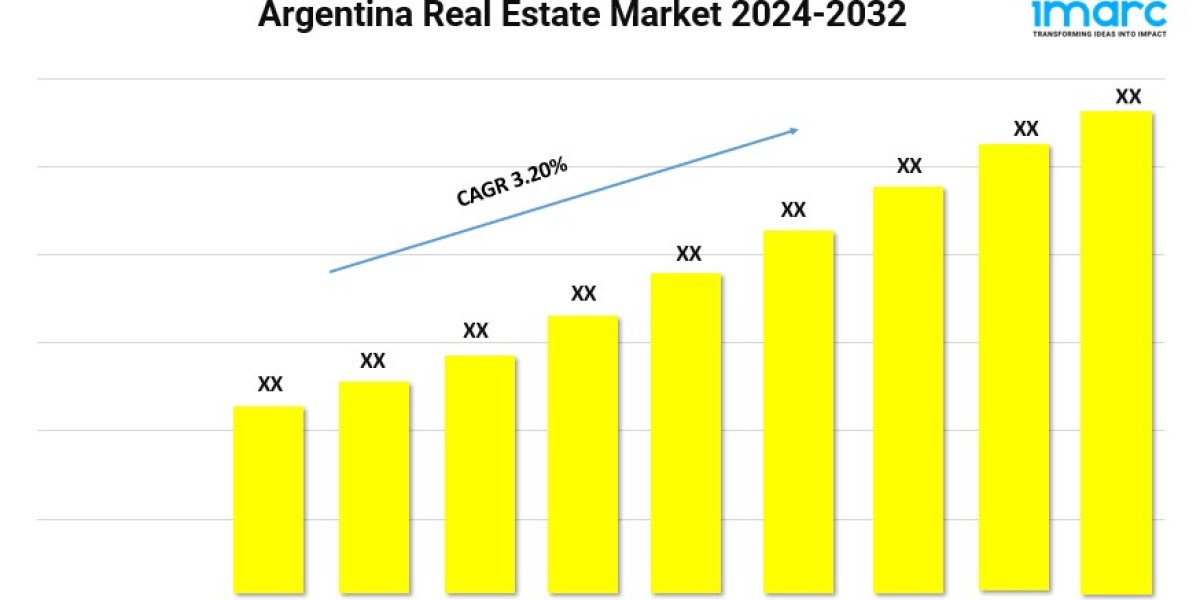Influencer marketing has become a dominant force in the digital marketing world, and its impact continues to grow in 2025. With social media platforms constantly evolving, influencers are now key players in helping brands build trust, reach new audiences, and boost conversions. In this blog, we’ll explore why influencer marketing remains a game-changer and how your brand can leverage this powerful strategy effectively.
1. What is Influencer Marketing?
Influencer marketing is a strategy where brands collaborate with individuals who have a dedicated following on social media or other platforms. These influencers, who could be industry experts, celebrities, or micro-influencers, promote products or services to their audience, leveraging their credibility and connection to drive brand awareness and engagement.
2. Why Influencer Marketing Works
- Authenticity: Audiences trust influencers because they see them as relatable and authentic.
- Niche Targeting: Influencers cater to specific demographics, making it easier for brands to reach their ideal audience.
- High Engagement: Content created by influencers often receives higher engagement rates compared to traditional ads.
- Social Proof: Recommendations from influencers serve as social proof, encouraging followers to trust and try the brand.
3. Trends Shaping Influencer Marketing in 2025
- Rise of Nano and Micro-Influencers: Brands are shifting toward collaborating with influencers who have smaller but highly engaged audiences. These partnerships are cost-effective and yield authentic results.
- AI-Powered Influencer Discovery: AI tools are helping brands find the right influencers by analyzing engagement rates, audience demographics, and content quality.
- Live Shopping Events: Influencers hosting live streams with integrated shopping features are driving real-time sales.
- UGC Collaboration: Brands are encouraging influencers to create user-generated content (UGC), which is repurposed for ads and social media campaigns.
- Focus on Long-Term Partnerships: Instead of one-off promotions, brands are building long-term relationships with influencers for consistent messaging.
4. Steps to Create an Effective Influencer Marketing Strategy
- Define Your Goals: Whether it’s increasing brand awareness, driving traffic, or boosting sales, have clear objectives for your campaign.
- Identify the Right Influencers: Use tools like Upfluence or AspireIQ to find influencers whose audience aligns with your target market.
- Set a Budget: Determine how much you’re willing to spend, considering influencer fees, content creation, and promotion.
- Create Engaging Campaigns: Work with influencers to develop authentic, creative content that resonates with their followers.
- Track and Measure Results: Use analytics to monitor key metrics like engagement, reach, and conversions to evaluate your campaign’s success.
5. Platforms to Focus On
- Instagram: With its visually driven format, Instagram remains a top choice for influencer marketing, especially for lifestyle and fashion brands.
- TikTok: Short-form video content on TikTok drives high engagement, making it a hotspot for influencers to connect with younger audiences.
- YouTube: Long-form content on YouTube is ideal for product reviews, tutorials, and storytelling.
- LinkedIn: For B2B influencer marketing, LinkedIn is the go-to platform to connect with industry leaders and professionals.
- Twitch: Gaming and tech brands are leveraging Twitch for influencer partnerships in live streaming and sponsorships.
6. Measuring ROI in Influencer Marketing
Measuring the return on investment (ROI) is crucial to determine the success of an influencer marketing campaign. Key metrics include:
- Engagement Rates: Likes, comments, shares, and clicks.
- Reach and Impressions: The number of people who saw the content.
- Conversions: Sales or sign-ups generated from the campaign.
- Follower Growth: Increase in your social media followers due to influencer promotions.
- Earned Media Value (EMV): The value of the publicity generated by influencer partnerships.
7. Common Mistakes to Avoid
- Choosing Influencers Based on Follower Count Alone: Focus on engagement and relevance over vanity metrics.
- Overlooking Contract Details: Ensure the agreement covers content rights, timelines, and deliverables.
- Ignoring Compliance: Adhere to FTC guidelines by ensuring influencers disclose paid partnerships.
- Lack of Authenticity: Avoid overly scripted content that feels like an advertisement.
- Failing to Analyze Results: Regularly track campaign performance and refine your approach based on insights.
8. Future of Influencer Marketing
Influencer marketing will continue to evolve with advancements in technology and changing consumer behavior. The integration of augmented reality (AR), virtual reality (VR), and AI will create immersive campaigns. Influencers will also play a bigger role in building communities and fostering brand loyalty. As transparency and authenticity remain key, brands that prioritize meaningful collaborations will thrive.
Conclusion
Influencer marketing is more than a trend—it’s a vital part of modern digital strategies. By partnering with the right influencers and creating engaging campaigns, your brand can reach new heights in visibility, trust, and profitability. As the industry grows, staying updated on trends and best practices will ensure your campaigns remain impactful and relevant.


